Traffic Updates
-

FASTag Annual Pass to Launch on August 15 for Private Vehicles: All You Need to Know
The Ministry of Road Transport and Highways is revolutionizing how India travels with a new FASTag Annual Pass for private…
Read More » -
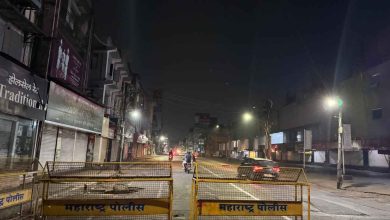
Sitabuldi Shopkeepers Get Relief as Traffic Cops Notify Parking Spaces
Sitabuldi parking rules: Sitabuldi, one of the most vibrant commercial hubs of Nagpur, has long been grappling with unregulated parking…
Read More » -
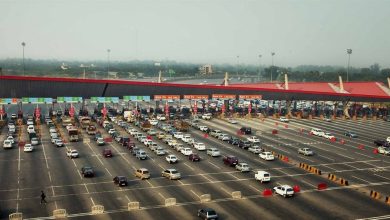
Pay No Toll For EVs in Maharashtra: Free Entry on Mumbai-Pune Expressways, Atal Setu And More
EV Toll Free Maharashtra: Electric vehicles (EVs) are not just changing the way we drive—they’re reshaping the roads we drive…
Read More » -
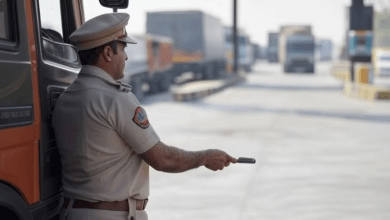
New Motor Vehicle Fines 2025 – Traffic Penalties Increased Up to 10x
New Motor Vehicle Fines 2025: India has rolled out a stricter traffic penalty system from March 1, 2025, increasing fines by…
Read More » -
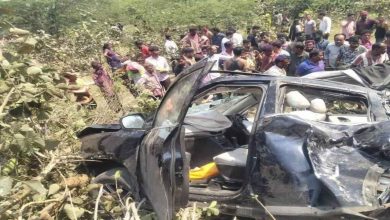
Tragedies Mar Holi Festivity: SUV Falls Off Butibori Flyover, Youth Killed, Sister and 3 Others Injured
Butibori flyover | Butibori Police | Nagpur: Holi, the festival of colors, is supposed to be a time of joy,…
Read More » -
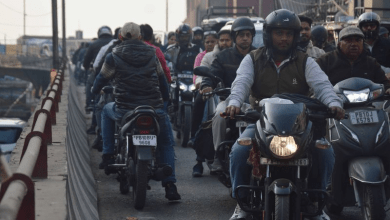
Nagpur Traffic Police Record Highest Action Against Wrong Side Driving in 3 Years
Nagpur Traffic Police: Nagpur’s roads witnessed a major crackdown on reckless driving as the city’s traffic police took strict action against…
Read More » -
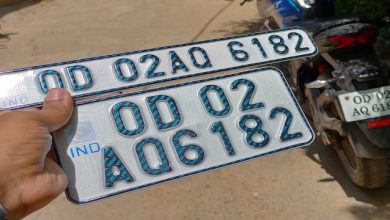
Over 90% of Vehicles Yet to Install HSRP in Nagpur
HSRP installation in Nagpur | High Security Number Plates (HSRP) Despite the mandate to install High-Security Registration Plates (HSRP) on vehicles,…
Read More » -

Traffic Challan Issued? Check If It’s Yours Before Paying
Traffic Challan Verification | Wrong Traffic Challan: Imagine receiving a traffic challan for a vehicle you don’t own or a…
Read More » -
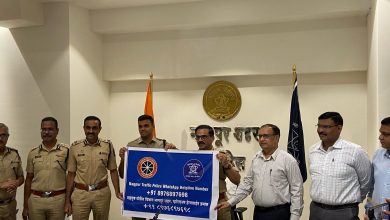
Nagpur Traffic Police Introduce ‘Traffic Mitra’ WhatsApp Helpline for Public Complaints
Traffic congestion and rule violations have been persistent issues in urban areas, making daily commuting a challenge. To combat these…
Read More » -
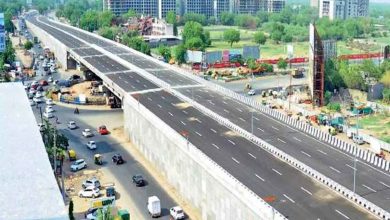
Pardi Flyover to Finally Open on February 16 After Years of Delays
A Long-Awaited Relief for Nagpur Commuters After nearly a decade of delays and setbacks, the Pardi Flyover in Nagpur, India…
Read More »

